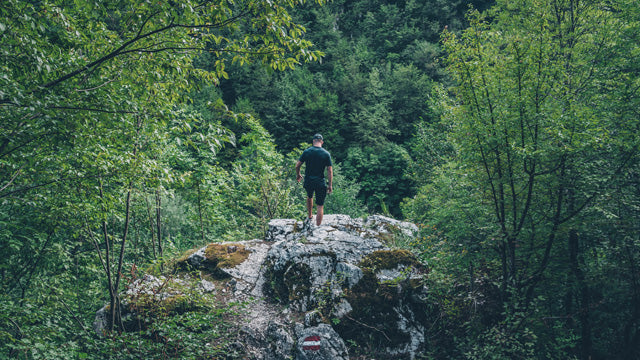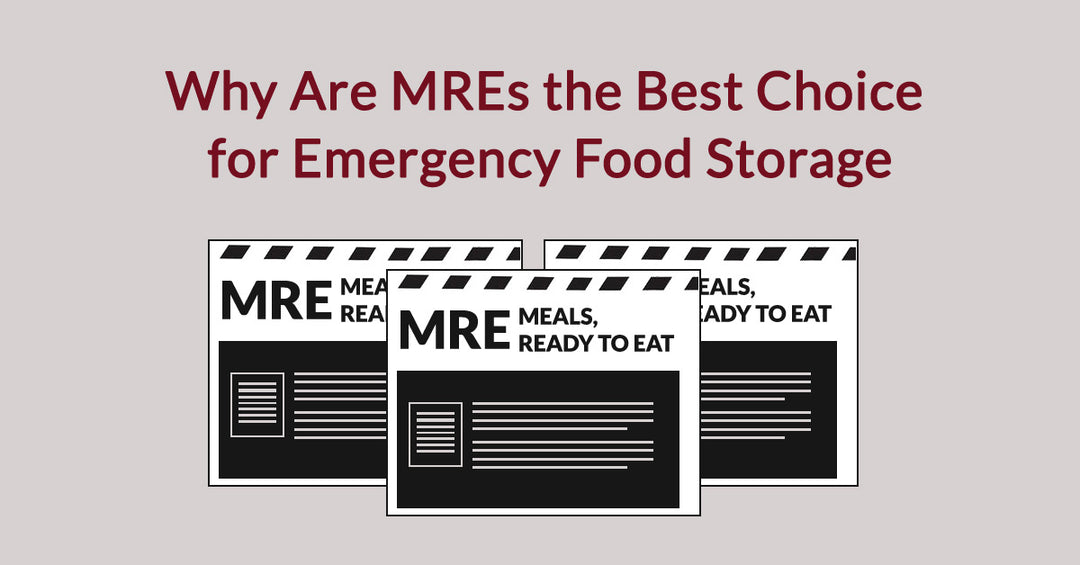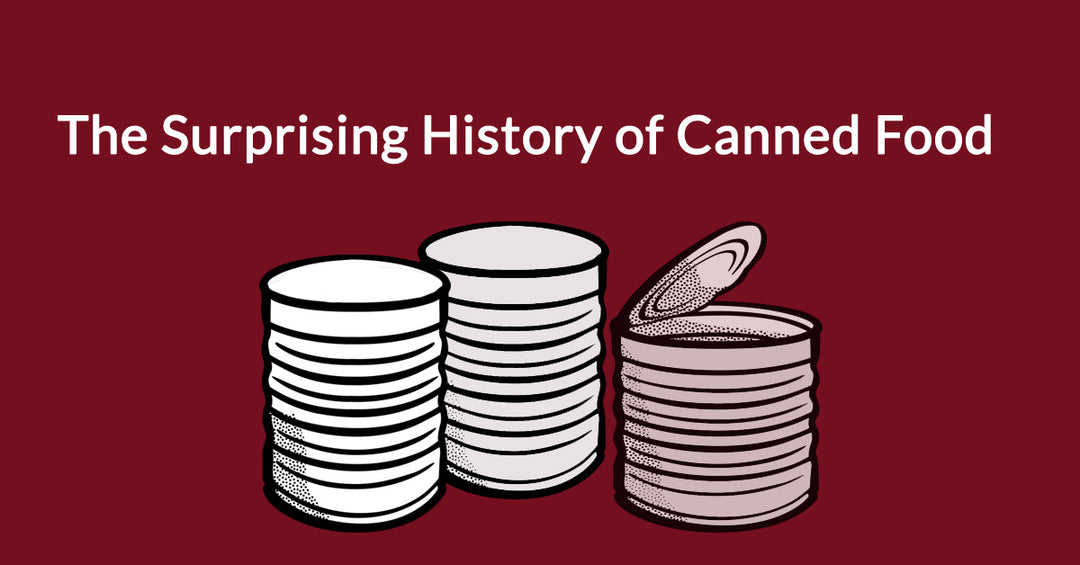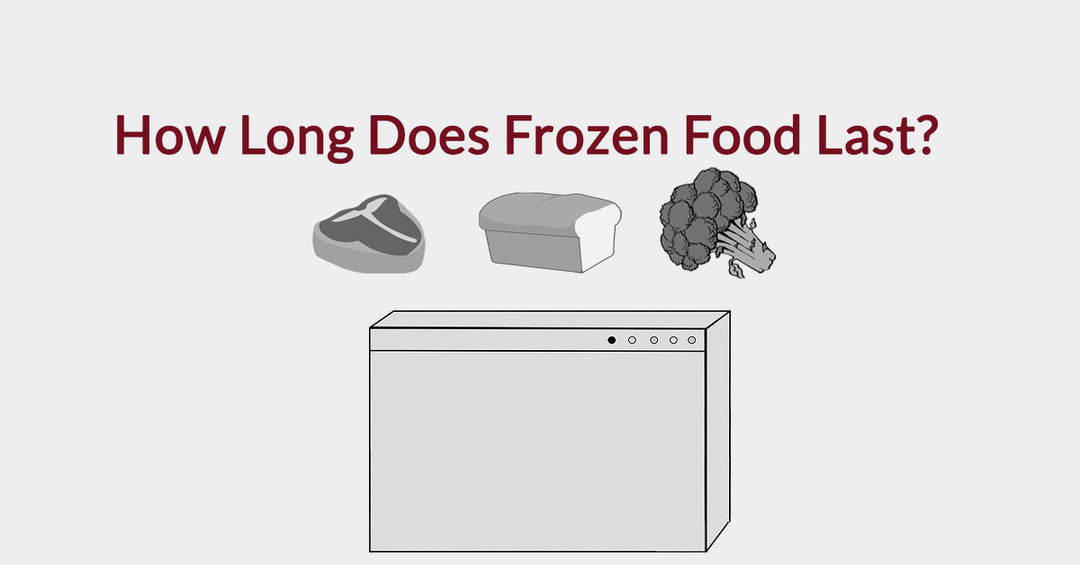How Long Can You Survive Without Food?

How would you survive if you found yourself stranded on a desert island? It's a thought experiment that dates back into antiquity. There's just something about the most extreme survival situations which captures the imagination. The second we hear about the concept, we begin to think about how we'd fight against seemingly incalculable odds to survive the impossible. However, are those odds really so incalculable?
Do we know just how long we'd be able to survive without food? And does that data hold out into various real world situations rather than just clinical or laboratory settings? We can begin answering these questions by looking at the exact nature of food.

The True Importance of Food
What, exactly, is food? This might seem like a foolish question at first. We typically eat three or more times per day. And we repeat that pattern for almost every single day of our lives. The nature of food seems obvious. It's the stuff we eat that hopefully tastes good while sating our hunger. But dirt could fill our stomachs and sate hunger pangs. It wouldn't be able to keep us alive for very long though. So it wouldn't qualify as food.
Food is essentially a mix of complex nutrients that our body can use as fuel to keep itself going. The exact nutrients required by human life consist of an exhaustive laundry list of complex chemical formulas, but we can simplify this by saying food is essentially a combination of calories, protein, fiber, vitamins and minerals. Food also needs to be in a form that our body can properly break down in order to get at those nutrients. For example, grass does contain nutrients. But we don't really consider it food because the human stomach can't break it down to actually get at those important components, whereas a cow's powerful digestive system can break down grass in order to obtain the plant's nutrients.
It's also important to keep in mind that different foods will carry different ratios of nutrients. This is the items' nutritional profile. No food has every single nutrient that we need to stay alive. But some, such as potatoes, come very close. Outside of nature we can also mix and match ingredients to create food that has an impressive nutritional profile. An MRE (meal ready to eat) and similar survival food is an example of this concept taken to the extreme. A lot of science has gone into creating MRE packages that provide almost everything needed to stay alive while also providing a stable shelf life. And the average package puts a heavy emphasis on some of the more important nutrients.
Calories, Glucose and Our Dinner Plate
Calories are one of the most important aspects of survival food. Lack of most nutrients will kill us eventually, but lack of calories will typically take us out long before we're seriously impacted by other missing nutrients.
The importance of calories is true for both meals carried by soldiers trekking through difficult conditions and those stored in storm shelters. Difficult times call for calories. Easy times also call for calories, but allow for much lower levels. The very fact that survival food is heavy on calories gives us our first hint about how well we can live without any food at all.
Our body uses something called glucose as its preferred and primary fuel. Glucose is essentially just sugar. This is also why foods that we typically call "empty calories" are usually sugary. When we eat sugar we're essentially providing our body with its most fundamental element. Scientists believe that this is why we like the taste of sugar so much. We have a strong instinct to devour this important nutritional element when we find it in abundance.
Glucose is such an important aspect of our biology that we can only go about a day without it before things start to go wrong. We typically use up our glucose reserves after about twenty-four hours with no food. At this point our body starts to release something called glucagon into circulation. This element initiates gluconeogenesis within our liver. During gluconeogenesis our body creates glucose without the need for outside elements. However, this process isn't something that our bodies can keep up with forever.
We can think of gluconeogenesis as somewhat analogous to backup power in a building. Backup power keeps things going in a normal manner for a while. But eventually, the building needs to switch over to something else in order to maintain functionality. Likewise, our body needs to move on from gluconeogenesis by the second or third day without food.

Putting Those Extra Pounds to Good Use
When our body can't maintain gluconeogenesis much longer we start to transition to the use of adipose tissue. In plain language, this is essentially burning fat. One pound of fat is roughly comparable to about 3,500 calories. An adult man will typically need somewhere around 2,500 calories per day. This might seem like an ideal solution at first glance. After all, just one pound of fat is more than the average man needs for a full day of survival.
However, it's important to keep in mind that fat isn't the ideal fuel source for our bodies. Our brains in particular work far more efficiently with glucose than the ketones produced by burning fat reserves. But this does start to give us a way to estimate some of the basics of long-term survival though.
We'll automatically get a free pass of a day or two thanks to gluconeogenesis. But past that point, we'd burn fat to stay alive. For the sake of convenience we'll go with a fairly average adult male as a starting point for our math. It's important to keep in mind that this is a very generalized estimate. We find a huge amount of variation in body types even within the same gender, and things get even more complicated if we're differentiating between men and women. But with that in mind, we can start with a man who's five feet and nine inches tall.
A sedentary 5'9 male will usually have a base weight, without fat, of around 125 lbs or so. Beyond that weight will come from a mix of fat and muscle. We'll say that he has about 50 lbs of fat. This would equal out to about 175,000 calories. This would, in turn, be roughly enough for 70 days, but that's not the end of the story. Once fat reserves have been used up, our body switches over to protein obtained from muscle tissue.

Burning Muscle As Our Last Resort
Burning protein might seem like a great fallback at first. After all, our gains at the gym don't matter very much when compared with just staying alive. Unfortunately, we use muscle for a lot more than lifting things. Our hearts, for example, are also primarily composed of muscle tissue. When we start metabolizing muscle, we also start to break down our own heart. As we burn muscle, a domino effect begins to take place.
Loss of various functions in one part of the body trigger losses in another. Again, the heart in particular is a huge part of this process. Decreased heart function can disrupt almost all other parts of the body. At some point in this process we'll finally die.

Putting Everything Together To Get an Answer
In general, we can say that a fairly sedentary, slightly overweight person can live a little over seventy days without food, but it's important to keep in mind that we can't just depend on raw numbers. A lot of other factors can make survival more questionable.
Lack of excess fat is one of the biggest issues. If someone has a weak heart, or other medical problems, they might not last nearly as long as someone who was healthy at the start, and women typically benefit from a higher percentage of stored fat and lower caloric requirements.
We should also take a moment to consider just how valuable nutrient-dense items, such as emergency food, can be. It's always a good idea to stock up on emergency food supplies like MREs in case of an emergency. They're typically about 1,200 calories per serving. That's a big difference when staving off the point where we start to burn muscle! Knowing how long we can live without food is an interesting thought experiment. But it's a much more useful concept if we can plan for ways to ensure we never experience starvation in the first place.




